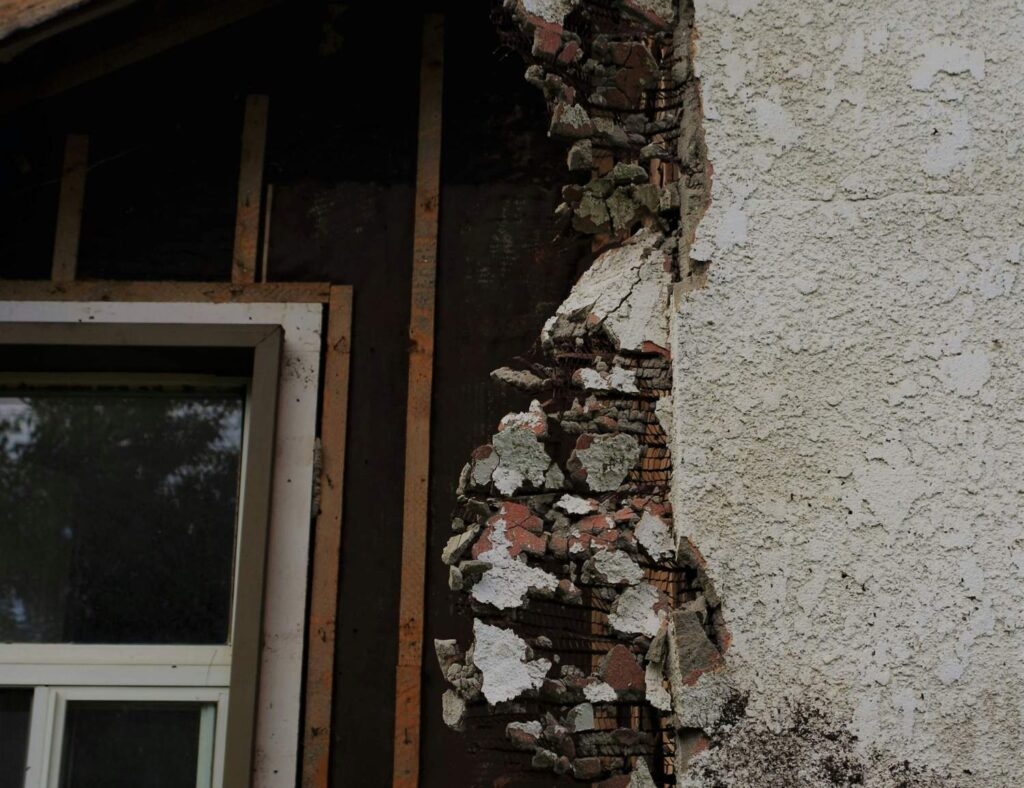Asbestos Awareness is Essential for Commercial, Corporate and Construction Businesses
The Health and Safety Executive are putting a greater focus on Asbestos this April. All businesses are being encouraged to check that they are properly complying with the law when it comes to assessing, managing and monitoring the risk of asbestos. Since 2000, it has been against the law to use asbestos in any form of construction, but as it was used so extensively during the 20th century, many buildings today still contain it. Given this extra focus, let’s look at Asbestos – the origin of the material, it’s historical uses, the dangers it can cause today, and how businesses can safely and effectively manage the associated risks.
The origin and historical use of Asbestos

Asbestos use has been common across history, with some archaeological evidence suggesting use as far back as the stone age. However, it’s first modern industrial use was during the mid-19th century. In the 1870s, asbestos was used in ships, steam engines and power plants. Throughout the 20th century, it was used in insulation, pipes, cement, spray coatings, gaskets, drywall, as well as fireproofing materials.
As early as 1899, it was theorised that asbestos may be linked to the large number of deaths which occurred in textile mills. Despite this, the use of asbestos increased dramatically during the world wars. It wasn’t until the 1950s that the dangers started to become more apparent. Asbestos was also linked to several forms of cancer in the 1960s. More measures were taken to control and reduce the amount of asbestos used, which culminated in an outright ban in 1999.
What are the risks of Asbestos?
Asbestos is a mineral which exists in small fibres. If a material which contains asbestos is disturbed, these fibres can be released into the air and easily breathed in. Once inside the lungs, asbestos can cause a number of serious and potentially fatal illnesses.
Some illnesses directly connected to asbestos include:
- Mesothelioma: a form of cancer which affects the lining of the lungs and lower digestive tract.
- Lung cancer: A cancer very similar to that caused by smoking.
- Asbestosis: Scarring of the lungs which can cause shortness of breath and potentially death.
- Pleural Thickening: a swelling of the lung lining causing shortness of breath.
Asbestos continues to be the most prominent cause of work-related deaths in the United Kingdom today. Businesses have an obligation to manage the risks to their employees, and asbestos risks need to be managed with extreme caution.

What is a business’s legal duty concerning asbestos?
The person with a legal duty to manage asbestos on premises is called the “Duty Holder”. This person may be the building owner, the landlord, or a person with clear responsibility for maintaining or repairing the building. The identity of the duty holder needs to be notified to the insurance broker for correspondence.
There are several steps to the duty of the responsible asbestos manager:
- Assess if there are Asbestos-containing materials (called ACM’s) on the premises.
- Presume that materials contain asbestos unless there is strong evidence that they do not.
- Create a register of every location which contains ACM’s or presumed ACM’s and keep this register up to date.
- Assess the risk of anyone being exposed to airborne fibres.
- Create a plan to manage this risk, put the plan into action, and review it at least once every 12 months.
- Monitor the condition of any ACM’s or suspected ACM’s.
- Ensure that anyone who may work on or disturb the ACM’s has been informed of their location and condition.
Given the severity of the consequences, it is important for businesses to take reasonable steps to determine the scale of asbestos use in their building and create and maintain a plan for dealing with it.

The HSE’s Example of an Asbestos Plan
The Health and Safety Executive has provided an example of an Asbestos action plan, which can be used as a template for performing these steps.
Management plans require you to carry out regular checks of the condition of your asbestos – in most cases this is a simple visual check to identify whether there has been any deterioration.
If you haven’t been regularly checking the condition of your asbestos, then it is probably time to arrange for a resurvey to be undertaken. This will provide you with a clear idea of what asbestos still remains in the property, its condition and location, as well as information you can use to create your management plan – which you can then ensure is kept up to date.
You can find information about managing asbestos here: The duty to manage asbestos in buildings
Sentient Asbestos Health and Safety Services
For more information about asbestos and how to operate as a business’s dedicated asbestos safety manager, see Sentient’s information. All Romero Insurance clients gain access to Sentient’s services and documents. Sign in to their members area, and then go to this section: Asbestos – Health And Safety. Here you’ll find everything managers need to know about dealing with asbestos risks.
To learn more, read here How to Manage Asbestos at Your Business – as well as What Asbestos Regulations businesses should be aware of.



